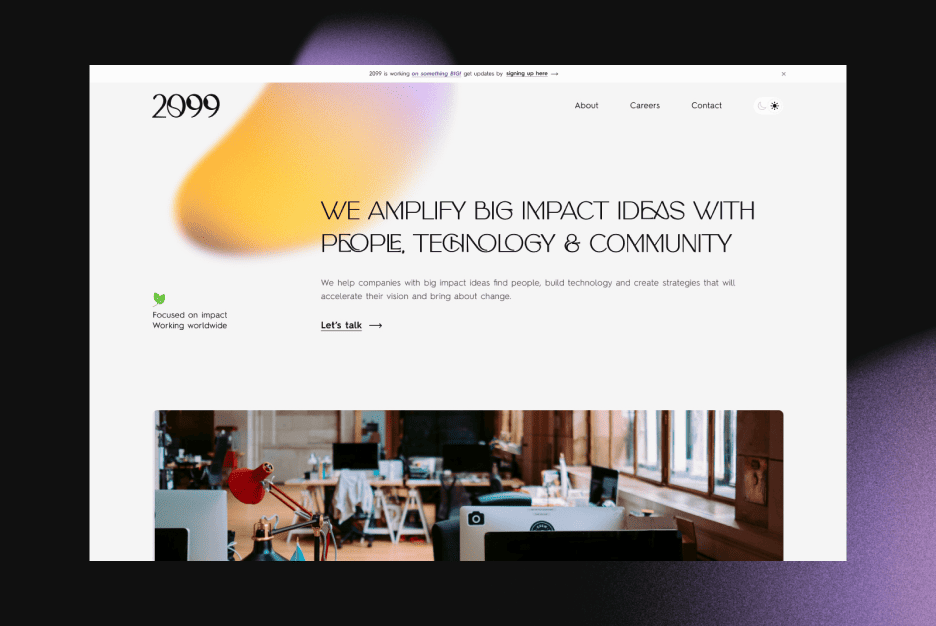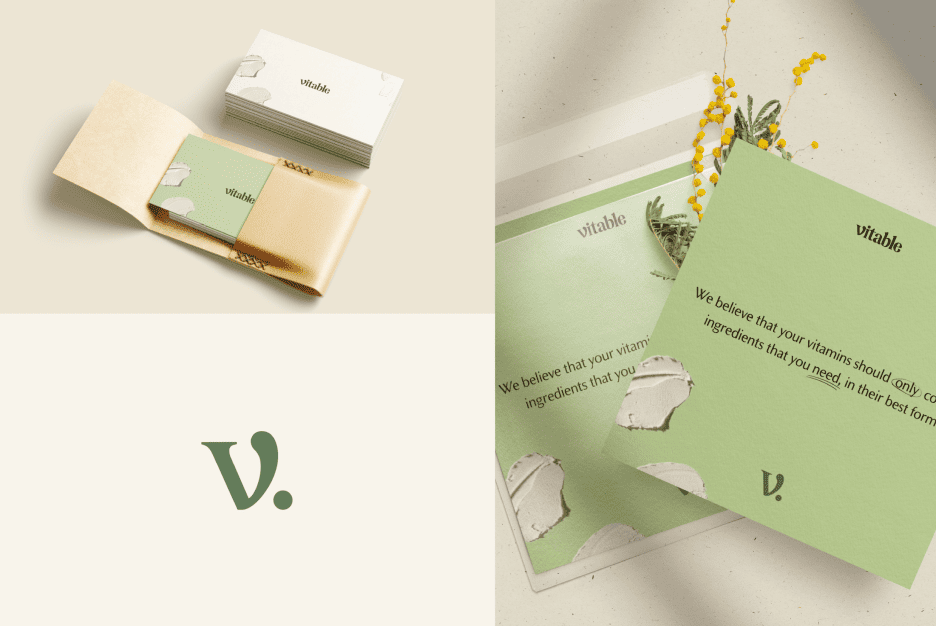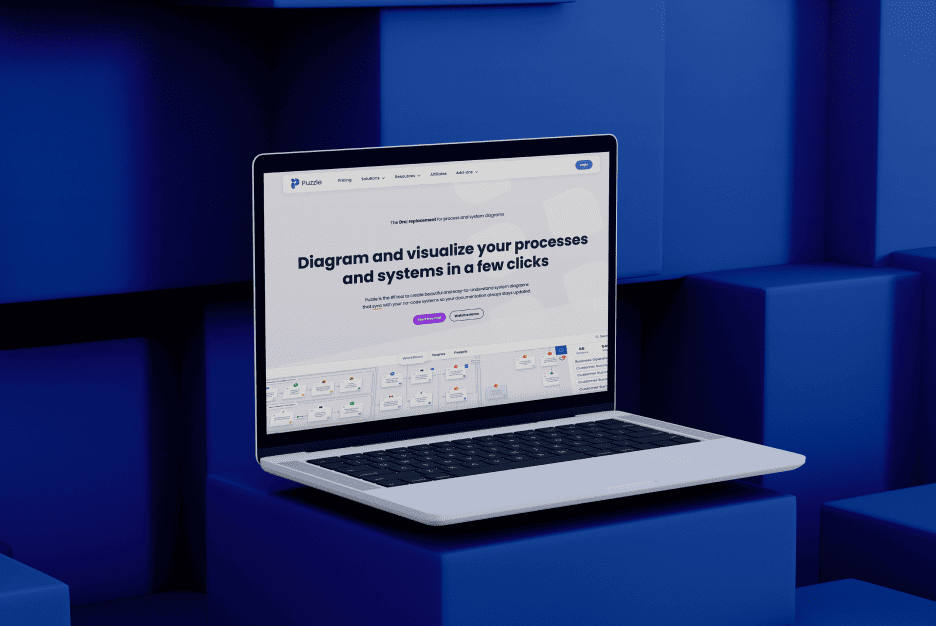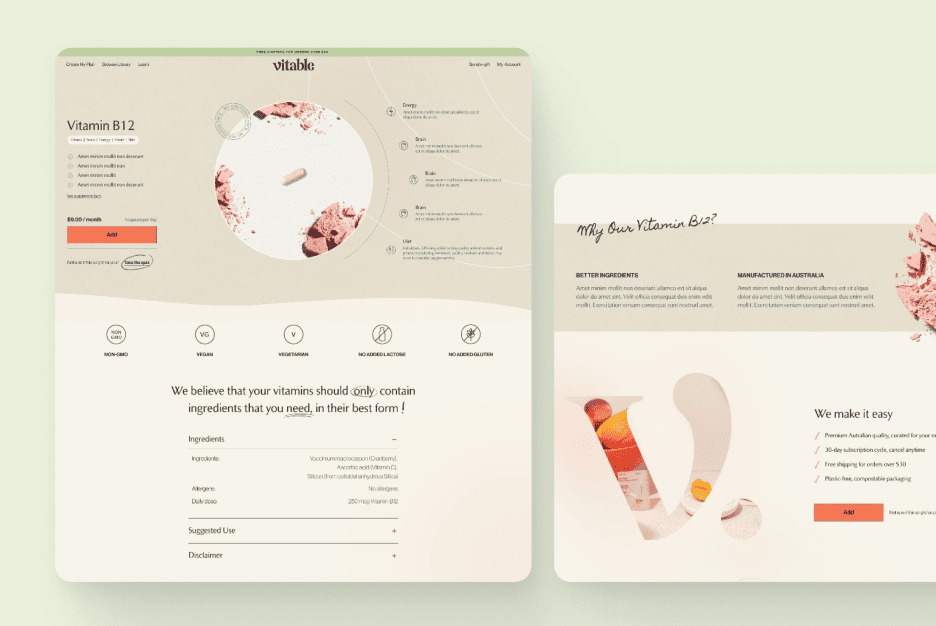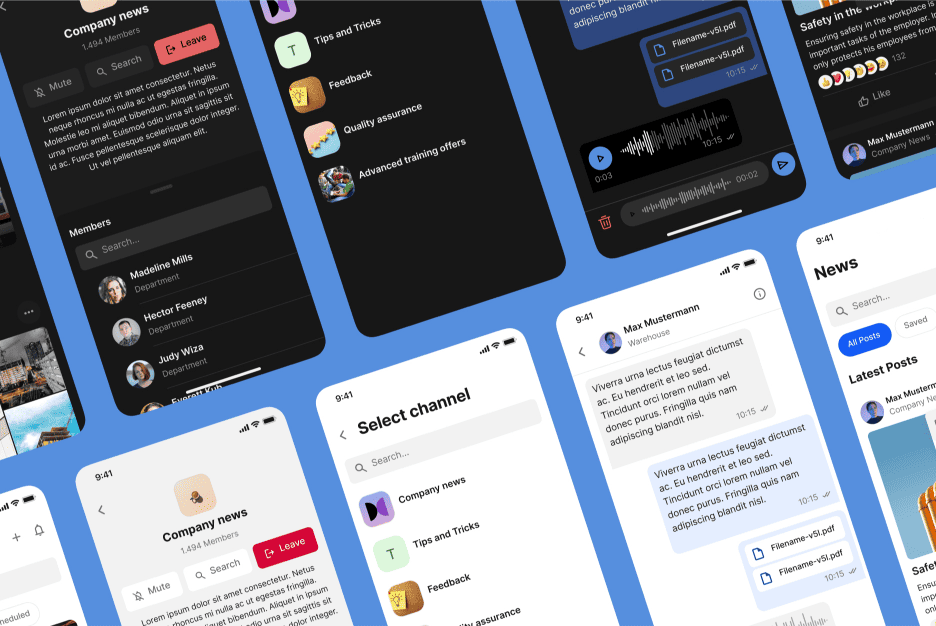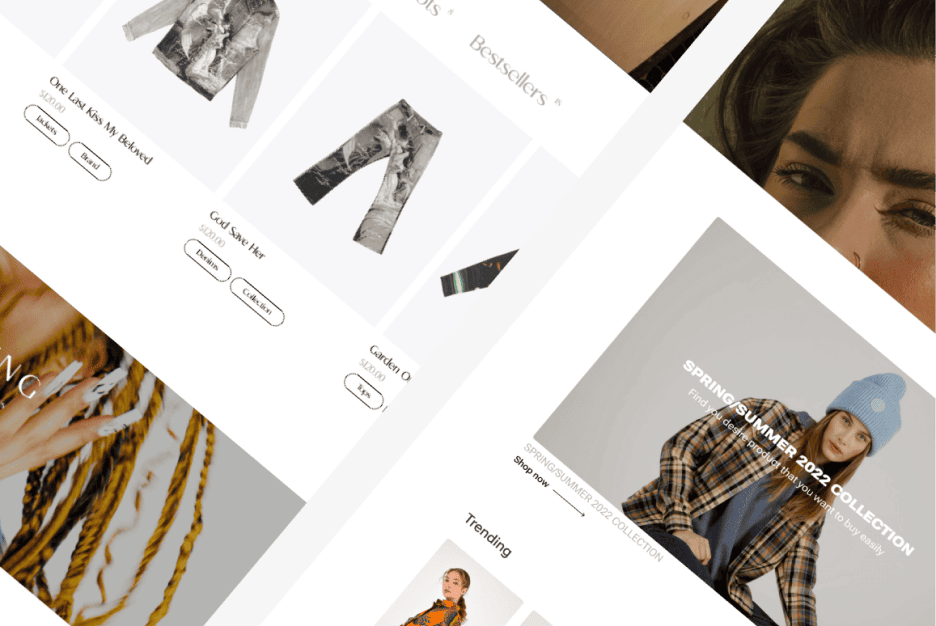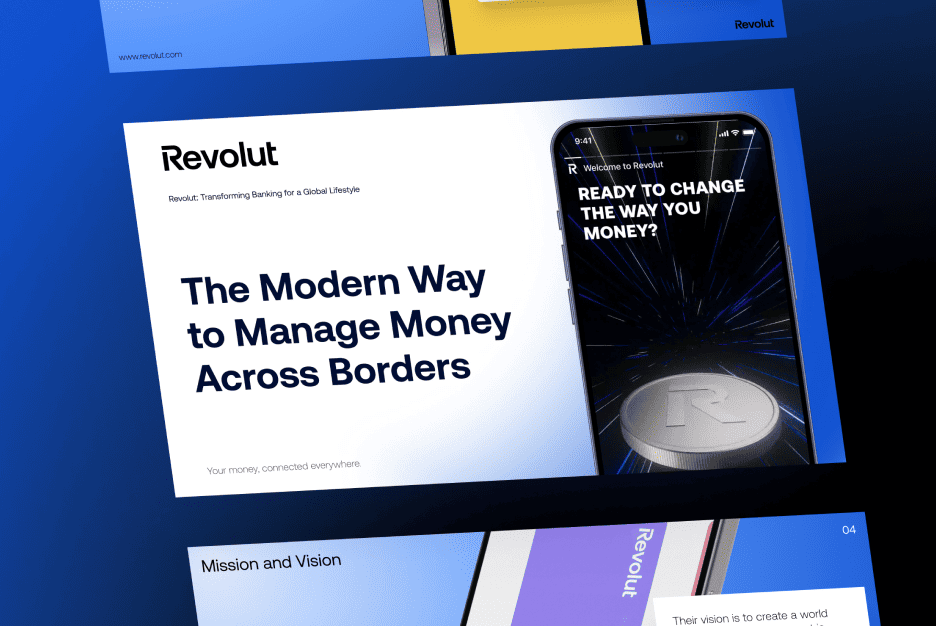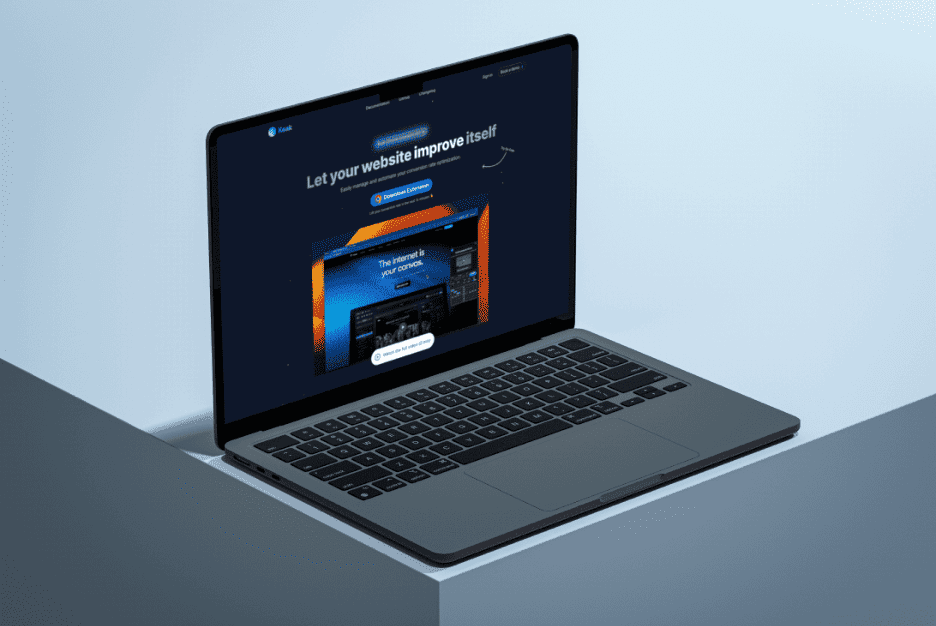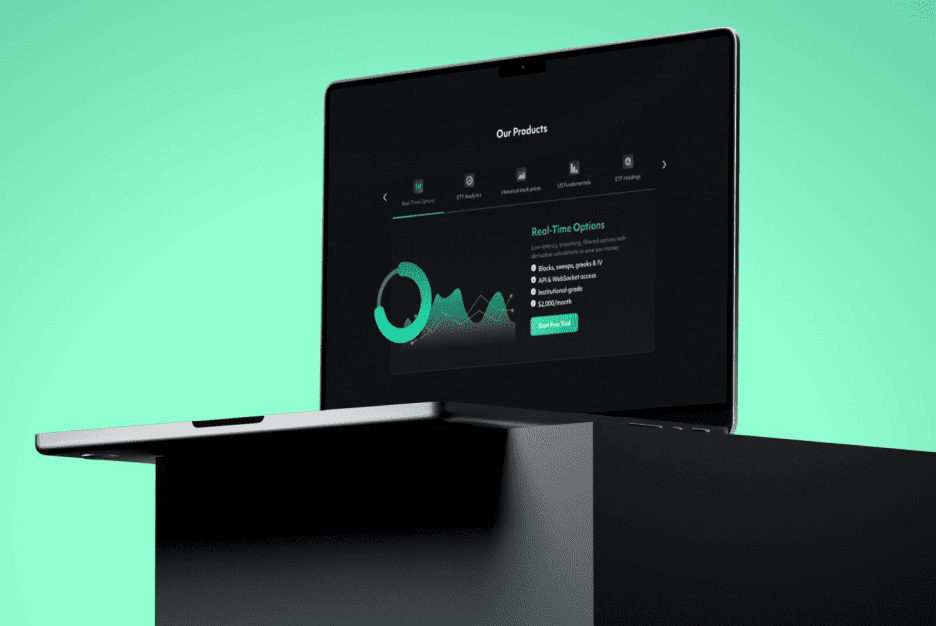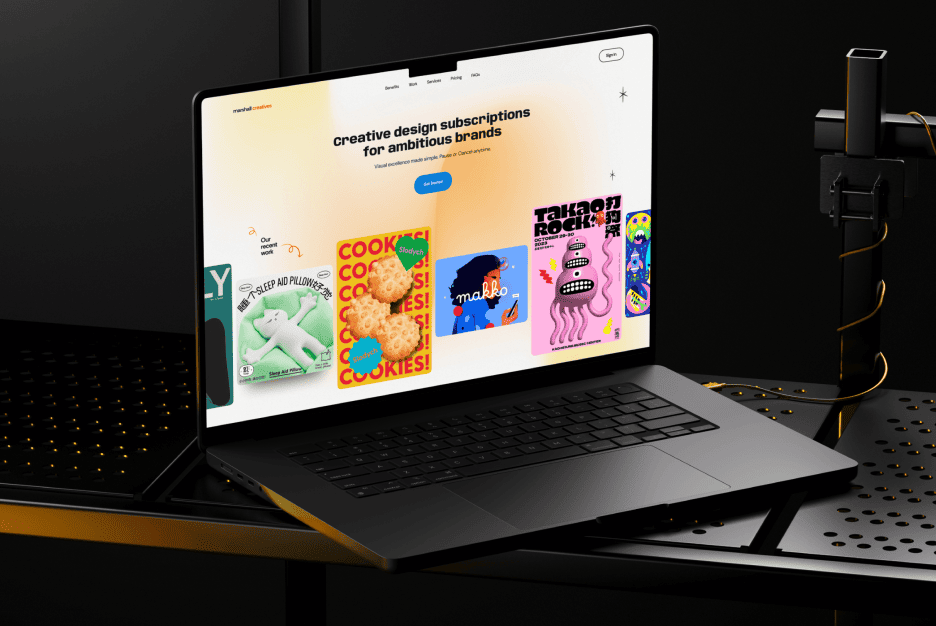Introduction: The Role of Design Research in Creating Successful Products
Every great design starts with a deep understanding of its users. But how do we gain that understanding? The answer lies in design research—a structured approach that helps uncover user needs, behaviors, and challenges to create more meaningful and effective products.
In today’s competitive landscape, guessing what users want is not an option. Without research, companies risk designing products that fail to connect with their audience, leading to low engagement, poor usability, and ultimately, business failure. Design research helps bridge the gap between assumption and reality, ensuring that every decision is based on data, insights, and real-world evidence. Whether developing a new product, refining an existing one, or improving user interactions, research provides a clear pathway to success.
This article explores what design research is, why it is essential, and how to conduct it effectively. By the end, you’ll have a complete framework for integrating research into your design strategy.
For a deeper look at how structured UX planning enhances product launches, explore our article Why Every Design Launch Needs a Detailed UX Plan.

Understanding the Core of Design Research
Design research is a systematic study of users, their needs, and the environments in which they interact with a product. Unlike traditional market research, which focuses on broad consumer trends, design research is deeply rooted in human behavior, usability, and experience. The ultimate goal is to make informed decisions that improve a product’s effectiveness, usability, and overall impact.
There are two primary branches of design research. Generative research, also known as exploratory research, is conducted early in the process to identify user needs, pain points, and opportunities. This phase often involves user interviews, field studies, and ethnographic research. The second branch, evaluative research, is conducted later in the process to test and refine existing designs. This approach includes usability testing, A/B testing, and analytics-driven assessments.
A real-world example illustrates the power of research. A SaaS company initially relied on internal assumptions about user behavior. After conducting in-depth usability testing, they discovered critical pain points in their onboarding process. Adjustments based on these insights led to a 30% reduction in user drop-off rates, significantly improving customer retention.
For further reading on the psychology behind user decisions, explore The Power of Color Palette in Web Design and How To Use the Psychology of Web Design To Influence User Behavior.
The Business Impact of Design Research
Many organizations view research as an optional step, but the reality is that neglecting it can lead to costly mistakes. Products built without research often miss user expectations, resulting in poor adoption rates, higher churn, and lost revenue. Investing in design research eliminates unnecessary risks and ensures that decisions are backed by real user insights rather than assumptions.
One of the biggest advantages of research is its ability to reduce bias. Designers and stakeholders often approach projects with preconceived notions about what users want. Research challenges these assumptions and replaces them with data-driven evidence. It also enhances usability, leading to products that are more intuitive and user-friendly. Companies that invest in research see a significant return on investment, with some studies showing up to a 200% increase in user engagement.
According to Nielsen Norman Group, businesses that integrate UX research into their design process experience higher customer satisfaction and improved conversion rates. These findings emphasize the direct correlation between research and business performance. More insights on optimizing UI for conversion rates can be found in Boosting Conversion Rates with UI Design.

A Step-by-Step Guide to Conducting Effective Design Research
Every research project begins with defining clear objectives. Without a structured approach, teams risk gathering data that is irrelevant or difficult to apply. The first step is establishing research goals. Are you looking to improve usability? Validate a design decision? Identify new market opportunities? Having a well-defined purpose ensures that research efforts remain focused and actionable.
Once objectives are clear, the next step is selecting appropriate research methods. Qualitative methods, such as user interviews and observational studies, provide deep insights into why users behave in certain ways. In contrast, quantitative methods, including surveys and analytics, offer measurable data that help track user behavior at scale. The most effective research strategies combine both approaches, providing a holistic view of user needs.
Engaging with actual users is a crucial part of the process. While internal teams and stakeholders may have valuable insights, they cannot replace real-world user feedback. Testing prototypes, conducting usability sessions, and gathering direct input from users ensure that research findings are grounded in reality.
After data collection, the focus shifts to analysis and synthesis. Identifying patterns and recurring themes helps convert raw data into actionable insights. Prioritizing findings based on impact and feasibility ensures that teams focus on the most critical design improvements.
For structured research methodologies, explore IDEO’s Design Research Methods.
Also, the following article will help you – The Designer’s Guide to Smart UX Testing: When Minimal Changes Make Maximum Impact.
Avoiding Common Design Research Mistakes
Even well-intentioned research efforts can go wrong if not executed properly. One of the most common mistakes is relying on assumptions instead of actual data. Teams that skip the research phase often make decisions based on internal preferences, leading to designs that do not resonate with users.
Another mistake is choosing the wrong research method for the problem at hand. Not all research approaches are suitable for every situation. For example, usability testing is excellent for identifying interaction issues, but it won’t reveal broader market trends. Selecting the right method ensures that research yields meaningful results.
Ignoring edge cases and accessibility is another pitfall. A product that works well for the average user may still present challenges for individuals with disabilities or those using assistive technologies. Research should be inclusive, capturing the full spectrum of user experiences.
Many teams also fail to iterate based on research findings. Design research is not a one-time process but an ongoing cycle of testing, refining, and improving. Regularly revisiting research insights ensures that products continue to evolve alongside user needs.
Also, the following article will help you – 5 Secrets to Maximize Value When Launching a Design Project.

Conclusion: Design Research as a Competitive Advantage
Design research is not just about gathering data—it is about making informed, strategic decisions that drive user engagement and business success. Companies that integrate research into their design process create products that are not only visually appealing but also functional, intuitive, and aligned with real-world user needs.
Great design does not happen by accident. It is the result of a deliberate, research-driven process that prioritizes user needs and business goals. By investing in research, teams can create products that are not only functional but also memorable and impactful. Let’s move beyond guesswork and make design research an essential part of every project.
At Almax Agency, we specialize in research-driven design strategies that enhance usability and business performance. If you want to elevate your product, our team is ready to help.
For a deeper dive into our approach, visit our Behance portfolio. To discuss your project, reach out via our contact page.
